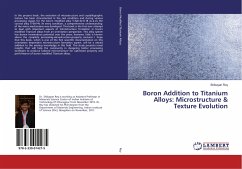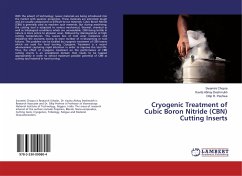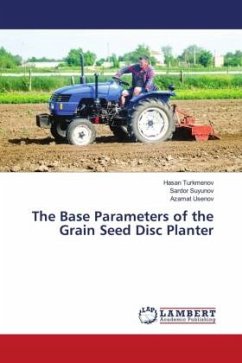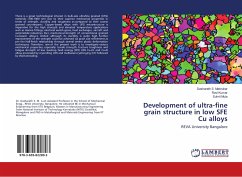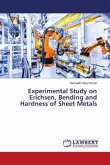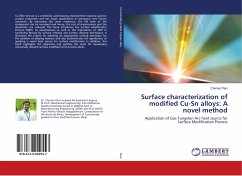Two different types of alloys, namely alloy- 1 and Alloy-2, have been designed and produced using a melting casting route. Homogenized alloys are further cold rolled to 55- 65% thickness reduction. The rolled material in the case of Alloy-2 is annealed at 490 for 4 hours and then subsequently aged for various intervals of times, whereas Alloy 1 is annealed at 5400C for 4 hours. The annealing temperatures are selected based on DSC analysis. Detailed microstructural and precipitations characterizations have been carried out for cast, rolled, and aged samples by Optical Microscopy, SEM, XRD, and EBSD analysis. The precipitates of Mg2Si and Si3Mg2 are observed in both Alloy-1 and Alloy-2, whereas TiB2 is observed in only Alloy-2 due to the presence of Ti and B as a grain refiners. This type of precipitates is observed at peak aged conditions. The mechanical properties like bulk hardness, nano-hardness, and room temperature tensile properties have been studied for both alloys. In case alloy 2, due to the grain refinement effect, the average grain size of the cast sample is reduced from (55.283±1.91) µm to (42.886±1.20) µm.


